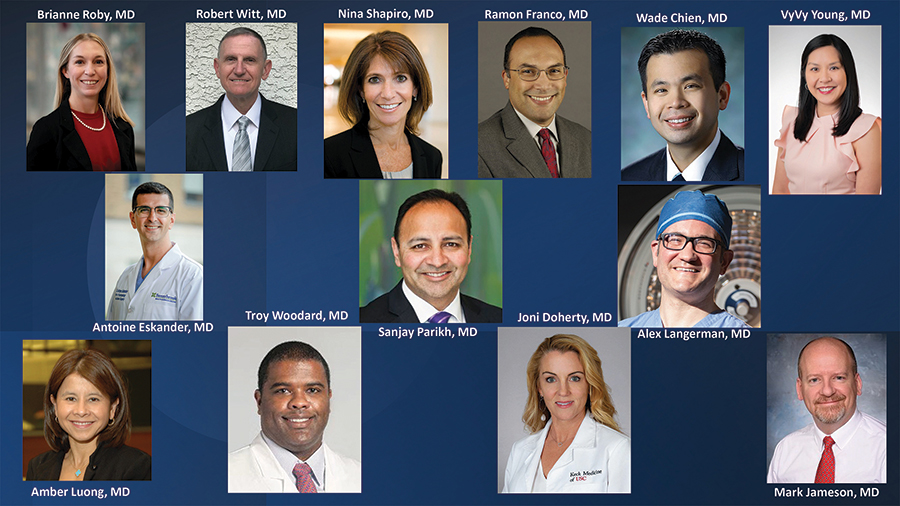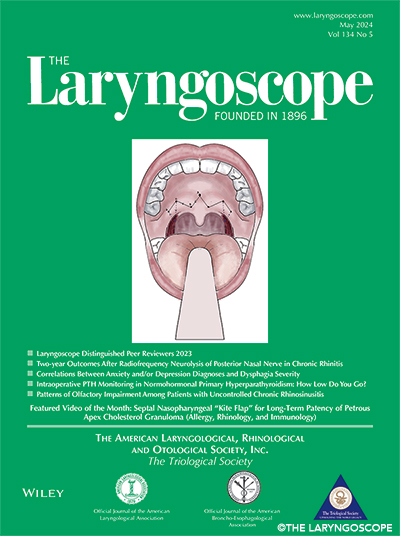New standardized otolaryngology curriculum’s goal is to deliver a comprehensive and appropriately detailed curriculum that will help direct self-learning and serve as a jumping-off point for residency programs’ didactic learning.


New standardized otolaryngology curriculum’s goal is to deliver a comprehensive and appropriately detailed curriculum that will help direct self-learning and serve as a jumping-off point for residency programs’ didactic learning.

The Federal Trade Commission has determined that noncompetes are an unfair method of competition, violating section 5 of the FTC act.

A successful thesis advances medical knowledge in our specialty in a meaningful way. It is not an obstacle; it is an opportunity to clearly state who we are as academic difference-makers, an opportunity to rigorously acknowledge from where we came while exalting where we may go, an opportunity to join a society of like-minded souls and allow them to rejoice in our efforts.

The constant cycle of transitions to a medical career can make it difficult to enjoy the present, to acknowledge the hard work that was required get to the current position, and to remember why you embarked on the journey at the start.

While proponents of value-based care indicate that the cost savings and efficiency of the system are inherently quality based, it remains to be seen how that will play out at the patient–physician relationship level

Virtual (VR), augmented (AR), and mixed realities (MR) all fall under the umbrella of extended reality (XR) and are characterized by extending a user’s experience into different worlds via technology that simulates those realms. In healthcare, currently, one of the main uses of XR occurs during surgery.

Having a paper published in The Laryngoscope, the country’s oldest and largest otolaryngology peer-reviewed journal, is a goal and point of pride for researchers in the field of otolaryngology.

A significant amount of medical training, at both the medical school and residency levels, occurs at larger academic hospital systems, however. This can make getting a firsthand view of private practice a challenge for physicians in training.

Editor Robin Lindsay, gives pointers to help your journey for work-life balance choices a little easier.

As with any powerful new technology, excitement over the real and potential benefits of LLMs within healthcare will need to be continually evaluated against real and potential risks. With the launch of ChatGPT for general usage, the time has arrived to weigh in on this balancing act as more people adopt the technology.